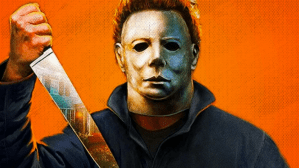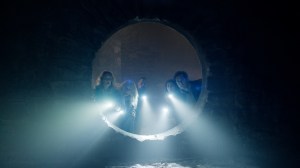The 13-film Halloween franchise is like its antagonist, Michael Myers, in that it seemingly never dies. They genuinely, finally killed him off in Halloween Ends and yet another reboot is said to be on the way. It’s a franchise with a convoluted timeline, mostly courtesy of some hard resets. To that point, there are a few distinct phases of the franchise. The first two films are both the story of “The night he came home.” The third film is a (highly underrated) Myers-free one-off. Movies four through six are The Thorn Trilogy. Movies seven and eight are the post-Scream era. Nine and ten are the Rob Zombie years. And “finally,” eleven through thirteen are the David Gordon Green years.
Videos by ComicBook.com
Some of those eras do better than others. Spoiler alert, the ones that do better feature Jamie Lee Curtis (who has had roles in eight of the 13 total movies, including her vocal cameo in Halloween III: Season of the Witch). Here is how they all rank, based off of box office success. Totals have been adjusted to 2025 dollars.
13) Halloween 5: The Revenge of Michael Myers — $20.8 Million

Halloween 5: The Revenge of Michael Myers struck audiences as just what it was: yet another Michael Myers movie. There wasn’t anything promised in the marketing that helped it stick out. And, considering it’s widely deemed one of the worst installments of the franchise (in truth it’s fine, but forgettable and a major step down from the previous film), the money made throughout the opening weekend was most of the money it was going to make.
The film opened to just over $5 million, $1.8 million less than Halloween 4: The Return of Michael Myers the previous year. It didn’t recover, topping out at $11.6 million total on a $5.5 million budget. It was time to put Myers on ice for a bit. It doesn’t all come down to franchise fatigue, though, as by 1989 interest in Freddy Krueger, Jason Voorhees, and the slasher subgenre as a whole was flatlining. After all, between 1980 and the close of the decade, there were a ton of slashers released. Perhaps if it had made good on the promise of the fourth film’s excellent ending it would have stood out.
12) Halloween: The Curse of Michael Myers — $31.8 Million

After a six-year absence and a switch over to Dimension Films, Michael Myers once more returned in what amounts to the franchise’s placeholder film. And like with The Revenge of Michael Myers, not many people cared. Halloween: The Curse of Michael Myers is an odd duck. It was cut to ribbons and patched together behind the scenes, and it shows. The Thorn thread hinted at in the fourth film and formally introduced in the fifth gets center stage here, and it just never plays. Audiences didn’t respond to that thread in 1989, and they didn’t respond to it in 1995.
And, while Paul Rudd is one of the most likable performers on the planet, it’s hard to tell what he was going for here. His acting was one of the many elements of Curse that was lambasted by critics and fans alike, and the film ultimately flatlined at $15.1 million (which admittedly was three times its production budget).
11) Halloween III: Season of the Witch — $47.9 Million

Halloween II had a budget of just $2.5 million. One year later, the Michael Myers-free Halloween III: Season of the Witch hit theaters with a price tag nearly twice as much: $4.6 million.
It’s a good-looking film and time has been kind to it. But at the time audiences weren’t digging it. Even with just two entries under its belt, it was impossible to separate Halloween from Myers. Sure, Season of the Witch more than tripled its production cost, but it wasn’t enough for those behind the franchise to believe the anthology angle (which was the intention for the IP starting with this film) was worth pursuing further.
10) Halloween 4: The Return of Michael Myers — $48.2 Million
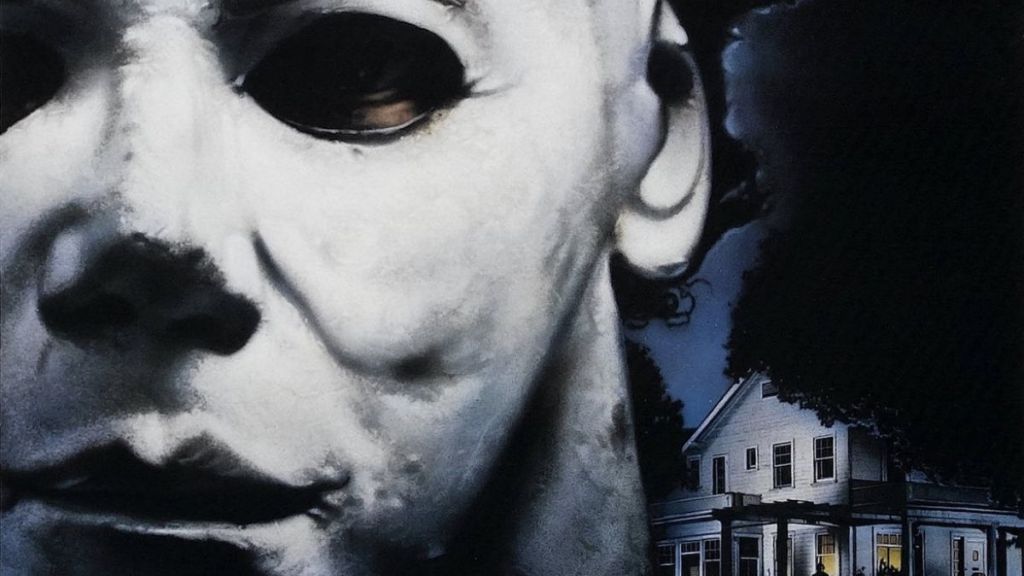
One of the best slasher sequels ever made, Halloween 4: The Return of the Michael Myers nonetheless was something of a shrug at the box office. There were six years between Halloween III and The Return of Michael Myers, which might have been just a bit too long for people to get excited for the titular return.
The fourth Halloween film very much delivers on its title. There’s a strong argument to be made that, as a whole, it’s the second-best movie of the franchise. Yet, it only netted $17.8 million in 1988 dollars against $5 million.
9) Halloween II (2009) — $59 Million

Most sequels come with a higher price tag than their predecessor. Not the case with Rob Zombie’s Halloween II (2009), which cost $15 million, just like the 2007 film. So, the good news for it is that it didn’t have to perform exceptionally to turn a profit.
That’s good because it didn’t perform exceptionally. Zombie’s reboot did fairly well for itself, but it’s an extremely off-putting film. It feels infinitely more like a Zombie movie than a Michael Myers movie. A Zombie-helmed sequel was always going to lose a healthy number of the ticket buyers that tuned in for the 2007 film just because the title was Halloween. By the time it left domestic theaters, Halloween II sold about 43% fewer tickets than the 2007 film. That’s a rough drop, but not nearly as bad as the 73% drop between films it experienced in international territories.
8) Halloween: Resurrection — $67.2 Million
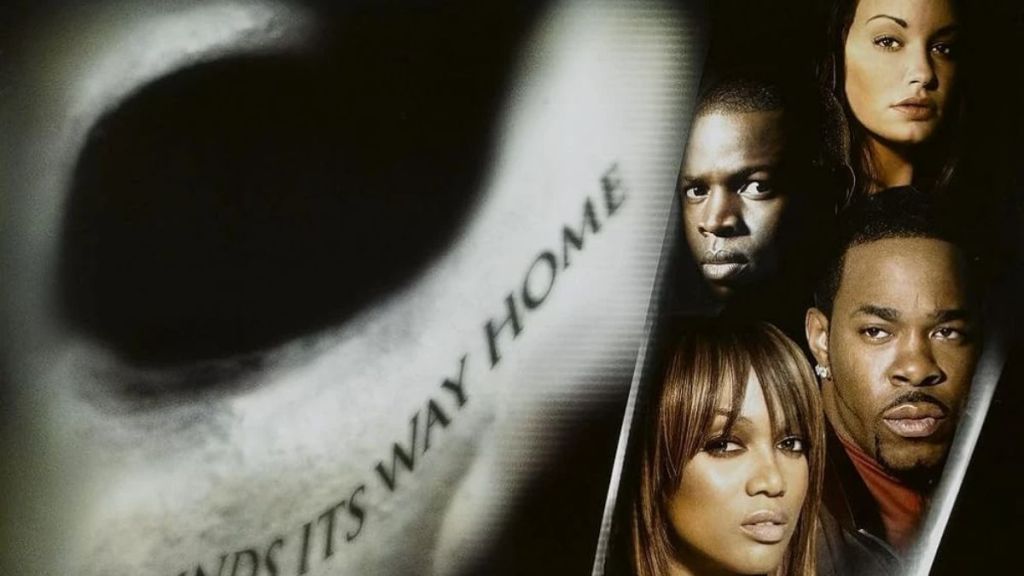
An adjusted $54.1 million of Halloween: Resurrection‘s haul came from domestic screens. That’s just under what the previous film, Halloween H20: 20 Years Later scored domestically without adjustment.
In other words, Resurrection, the nadir of the entire franchise, sold about half as many tickets as its predecessor in the U.S. Overseas, it made about a third of what H20 did. The novelty of releasing Michael Myers onto a post-Scream world had officially worn off and it was enough to put the IP on ice for five years.
7) Halloween II (1981) — $90.1 Million
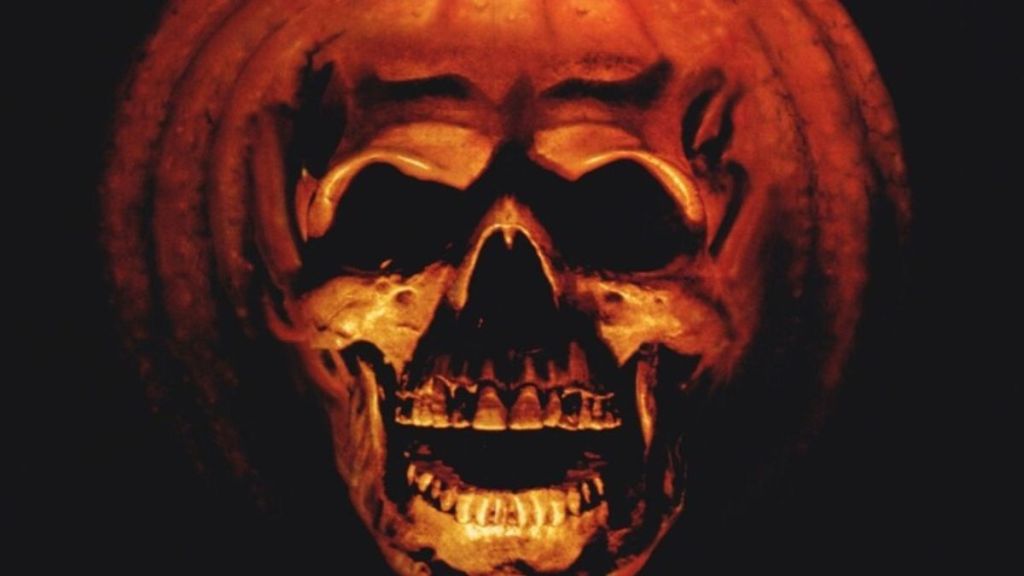
In terms of tickets sold, Halloween II made about a quarter of what Carpenter’s classic did. And even though there were just three years between the films, the sequel had eight times the budget of the original film.
Point being, it made much less money. But the sequel, while a fantastic ’80s slasher, simply isn’t on par with Carpenter’s film. Few horror movies are. It was never going to be the cultural phenomenon that film was. It was never going to benefit from repeat business and the glowing word of mouth that film received. So, accepted on its own merits, Halloween II was a resounding success, as it earned ten times its price tag.
6) Halloween Ends — $114.4 Million
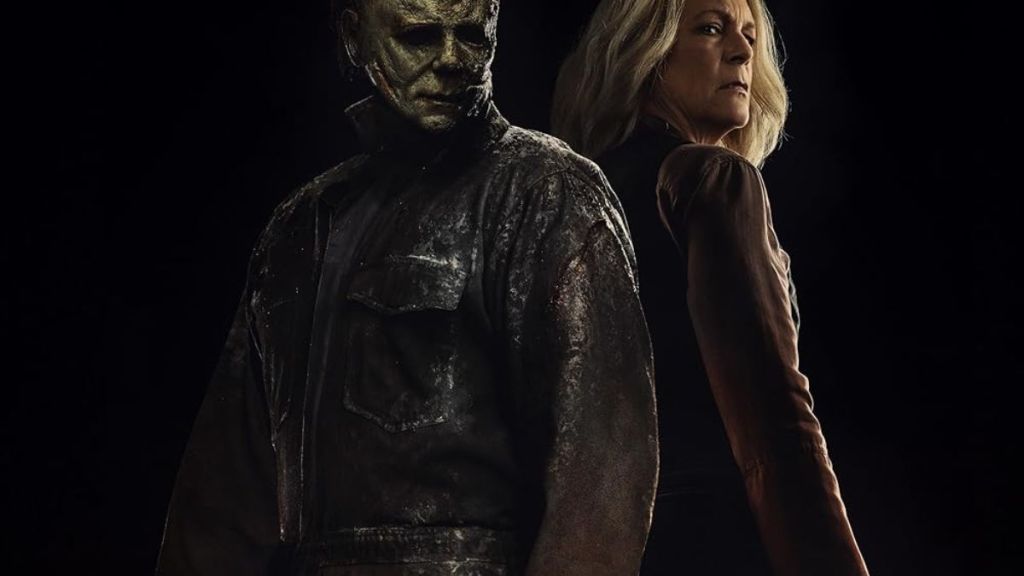
On one hand, there’s a promised finality to the title of Halloween Ends that should have made it as much an event as the 2018 film. The issue is that, for one, the brutality of Halloween Kills turned some folks off. And two, there’s the fact that Halloween Ends barely delivers on its promise. It barely delivers on being a Michael Myers movie at all.
In other words, the best-case scenario for the extremely divisive film is that it would open high then fall like a lead balloon. The latter part was certainly true. Its $40 million opening, while not terrible for a $33 million film, paled in comparison to the $76 million opening of the 2018 film. It didn’t even match the $49.4 million opening of Halloween Kills. Then it took a nosedive, finishing its domestic run with $64 million.
5) Halloween (2007) — $124.5 Million

Rob Zombie’s Halloween showed that even a fairly niche reboot of the Michael Myers IP can be successful. From domestic screens it netted an adjusted $90.2 million, or about 1.66 times as much as Resurrection made.
That said, the film didn’t do quite as well overseas, with an unadjusted $22.2 million (or nearly $35 million in 2025 dollars). Overall, it was a big hit for Zombie, scoring over five times its production budget.
4) Halloween H20: 20 Years Later — $147.9 Million
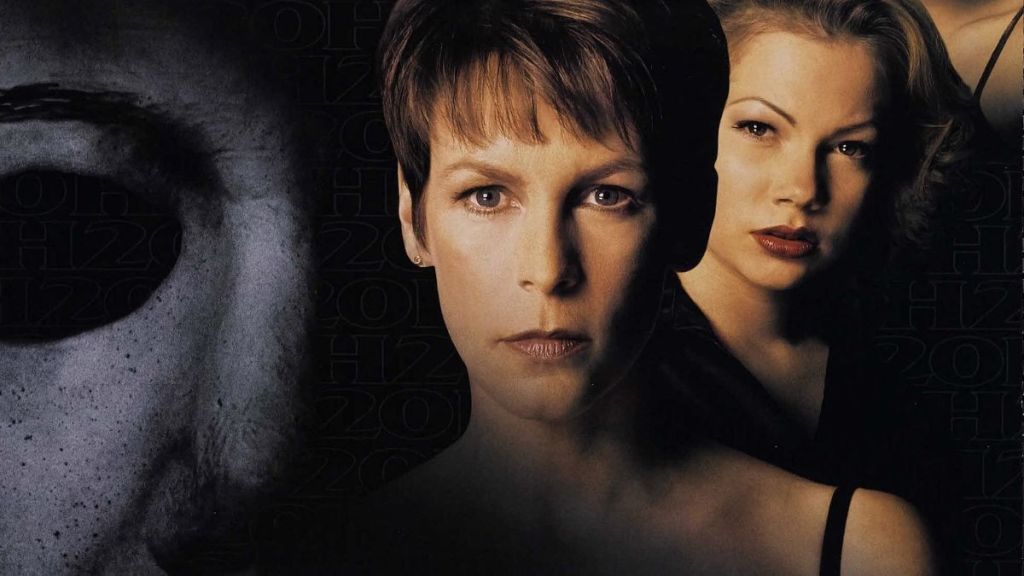
Three years after Halloween: The Curse of Michael Myers proved that Myers alone wasn’t enough to sell Halloween, Jamie Lee Curtis’ Laurie Strode was brought back into the fold. The result was one of the franchise’s biggest successes up to that point. It sold more tickets than the fourth, fifth, and sixth installments combined.
In 1998 dollars, Halloween H20: 20 Years Later netted just over $55 million in domestic ticket sales. Overseas it scored an estimated $20 million more. It was a bit of a slasher event, though the fresh life it injected into the franchise wouldn’t last once the wretched Halloween: Resurrection hit theaters.
3) Halloween Kills — $158 Million

Halloween Kills hit theaters (and Peacock) with a budget twice that attached to the 2018 film. Yet it only generated just over half as much as the trilogy starter.
From U.S. and Canadian screens, it generated an adjusted $108.9 million. That’s a massive drop from the 2018 film, but somewhat impressive, nonetheless. It’s not fair to be too hard on Halloween Kills‘ drop for two major reasons. For one, it was a COVID-era film, hence the simultaneous Peacock release. Two, 2018’s Halloween had some incredible marketing, and it felt like something of an event to see Strode and Myers butt heads after another 20-year break (provided you don’t count the awful opening scene of Resurrection).
2) Halloween (2018) — $332 Million

David Gordon Green’s Halloween performed like a blockbuster, not like a typical slasher. Thanks to some fantastic marketing, it performed even better than the last time the IP brought back Jamie Lee Curtis’ Laurie Strode.
From domestic venues alone it scored $159.3 million (an adjusted $203.6 million), a massive figure for a slasher, even an A-list legacy sequel slasher. Toss in another $100.6 million and the 2018 movie scored 26 times its paltry $10 million budget. Halloween Kills and Halloween Ends didn’t do nearly as well, but that was to be expected.
1) Halloween (1978) — $345.1 Million

One of John Carpenter’s two perfect films, Halloween was a true cultural event when it hit theaters back in 1978. Psycho may have been released nearly 20 years earlier, but this classic is the true father of the slasher subgenre.
On top of being important, it was also extremely profitable. On a budget of at most $325,000, Halloween netted about $70 million worldwide, $47 million of which came from domestic screens. Only the 2018 film has ever even approached it in terms of ticket sales.

